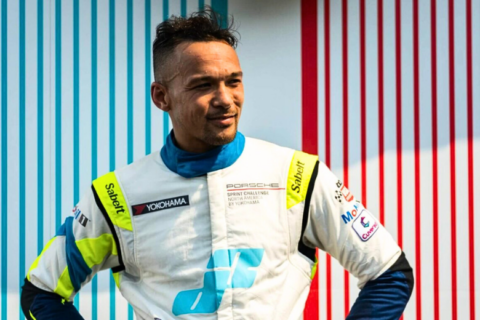WASHINGTON — The deaths of two horses at Pimlico Race Course during the Preakness Stakes are being investigated by racing officials with post-mortem examinations to determine exactly what went wrong.
One horse, Homeboykris, collapsed after finishing a race; the other, Pramedya, had to be euthanized on the track after suffering a catastrophic injury.
Mike Hopkins, executive director of the Maryland Racing Commission, says the safety and health of the animals is a priority.
“We have our own veterinarians that do pre-race examinations on these horses,” he said.
“It’s done in the morning; it’s done in the paddock; it’s done at the starting gate; it’s done after the race. Anytime we see something that doesn’t look right, we question it.”
Hopkins says the racing industry is worth nearly $1 billion to the Maryland economy, adding that “it feeds a lot of subordinate industries.”
But Hopkins says the money doesn’t trump the concern over the horses’ health. “The veterinarians that work for me have no qualms about scratching a horse if they don’t think the horse is correct,” meaning that the horse isn’t healthy enough to run.
In 2012, The New York Times did an extensive series of reports on the racing industry.
Some of the video footage highlighted in the story included a February 2012 race at the Hollywood Casino racetrack, in Charles Town, West Virginia. Sharp Beauty fell early in the race. The resulting pileup had all but one horse falling or stumbling, throwing their jockeys. Sharp Beauty suffered a catastrophic injury and was euthanized.
After the analysis of the racing industry reported that up to 24 horses die each week on tracks across the country, Hopkins says, New York state racing authorities at Aqueduct examined a spike in the number of injuries, and Maryland followed suit.
“Because we started to see an increase in injuries to horses, and we did the same thing,” Hopkins said. “We looked at the types of injuries, where they occurred, looked at the medication rules,” and examined the way the horses were checked pre- and post-race.
The changes, Hopkins said, include uniform medication protocols such as the elimination of the use of steroids. Hopkins says there were also changes in recovery-time requirements for horses coming off injuries: from 10 days to 30 days in certain cases.
Sal Sinatra, president and general manager of the Maryland Jockey Club, doesn’t mince words about what happened during the Preakness Stakes with the death of Homeboykris, who died after the first race, and Pramedya, who died two hours later in another race.
“Believe me, my heart goes to my stomach when I see something like that,” Sinatra said, referring to Homeboykris’ collapse.
But, like Hopkins, Sinatra says the racing industry has put more emphasis on safety for the horses as well as the riders.
“In fact, if anybody in the backstretch in particular is not taking care of a horse, believe it or not, other people call other people out,” he said.
Sinatra says owners, trainers and track workers are attached to the animals they care for, and a loss like the ones that happened at Pimlico are heartbreaking.
“And I feel horrible for both participants,” he said. “I know they’re getting questions and they’re brokenhearted, and that bothers me.”
Speaking from the backstretch of the Santa Anita Race Track in California, Dr. Jeff Blea, the former president of the American Association of Equine Practitioners, agrees that the racing industry has become safer even since 2012. He also insists that the welfare of the animals at the center of the action comes first.
“What matters most is the health of the horse,” Blea said.
Horse racing insiders repeat that the sport does carry risks, like any other sport. But unlike other athletes, the horses don’t opt in and can’t refuse to perform.
Blea says it’s true that it’s up to the racing industry to do right by horses, and he says the industry is increasingly “stepping up” to make sure that the animals’ health and welfare is a priority. But he also says horses are hard-wired to run.
“I will tell you: These horses are bred to race,” he said, adding that horses love to race and train.
“And if they’re not enjoying it, you can tell. And if they’re not enjoying it, you’d better intervene and find something else for them to do or give them some time off.”







